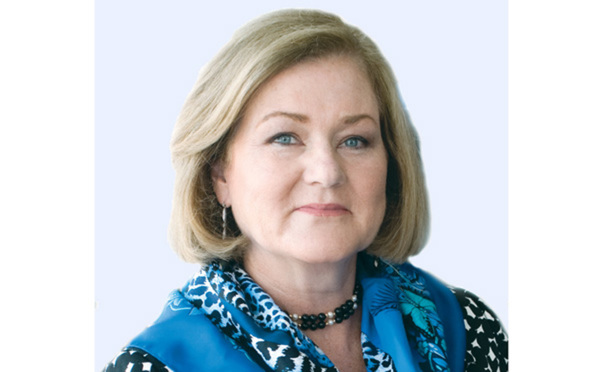Successor liability has been addressed in bankruptcy through two distinct approaches which are intended to maximize the value of the bankrupt estate for all creditors, as opposed to tort creditors alone. Successor liability has been addressed through sales “free and clear” of claims, liens and interests under §363 of the Bankruptcy Code.1 The derivative nature of successor liability claims has provided another legal underpinning for empowering bankruptcy courts to release and discharge such claims as property of the estate. At times, injunctions are combined with free and clear sale orders2 or are used to enjoin derivative claims as property of the estate that can only be asserted by the debtor or trustee, not individual creditors.3
The Third Circuit, in its recent decision in In re Emoral,4 reasoned that the asserted successor liability claims as a matter of state law were dependent upon a “mere continuation” theory, which under relevant state law would result in the asset purchaser being liable for all the liabilities of the bankrupt seller. Because such claims should benefit all creditors, the Third Circuit held that prepetition personal injury claims that relied upon the “mere continuation” theory of successor liability were, in reality, causes of action that were property of the bankruptcy estate and thus eligible for settlement, release and discharge through the bankruptcy court.



